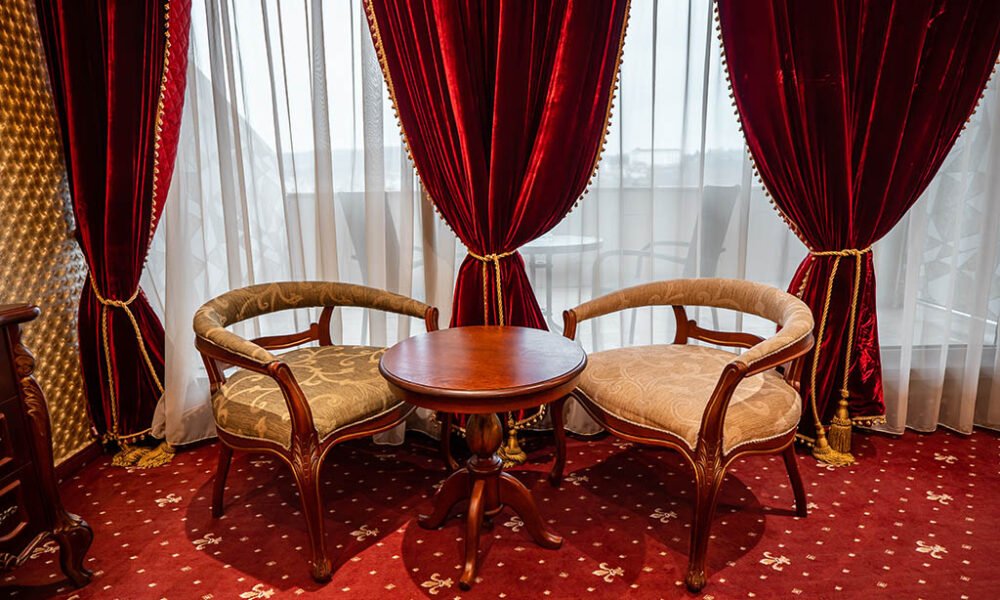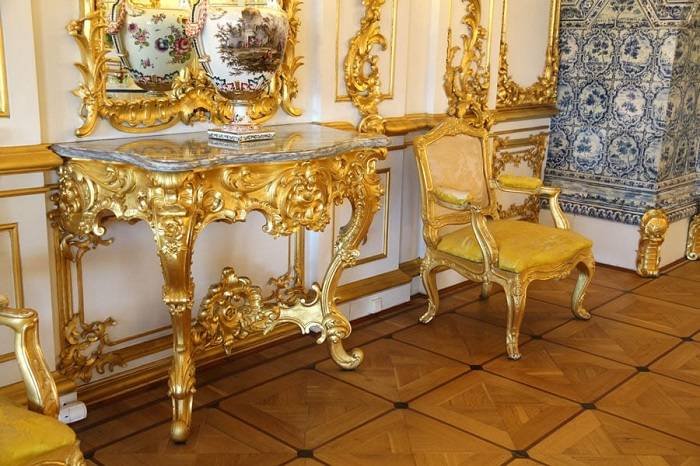Catherine the Great Furniture A Royal Legacy in Design and Luxury

When one thinks of Catherine the Great, the formidable 18th-century Empress of Russia, what often comes to mind are her sweeping political reforms, enlightened rule, and grand patronage of the arts. However, one area that deserves just as much admiration—but often goes unnoticed—is her refined taste in interior design, particularly the exquisite furnishings that filled her palaces. Catherine the Great furniture represents a fascinating intersection of imperial power, European artistry, and evolving cultural identity, reflecting not only the Empress’s personal tastes but also her vision for a modern, enlightened Russia.
In this article, we’ll explore the luxurious world of Catherine the Great furniture—its distinctive features, artistic influences, historical context, and enduring legacy in the world of decorative arts.
The Rise of a Tasteful Empress
Born Sophie Friederike Auguste von Anhalt-Zerbst in 1729, Catherine was a German princess who became Empress of Russia in 1762 after a coup against her husband, Peter III. Unlike many rulers of her time, Catherine was intellectually curious and culturally ambitious. She corresponded with French Enlightenment thinkers like Voltaire and Diderot and considered herself a patron of the arts.
This intellectual appetite extended to her domestic surroundings. Catherine believed that beauty and refinement in the court were essential to projecting imperial authority and European sophistication. As she transformed Russia into one of Europe’s great powers, her palaces underwent equally stunning transformations—filled with ornate, carefully selected furnishings that signaled her taste, power, and political intent.
A Convergence of European Styles
Catherine the Great furniture is distinguished by its rich blend of European artistic influences, most notably French Rococo, Neoclassicism, and even touches of Baroque. Catherine admired the French court at Versailles and aimed to emulate and surpass it. She brought in European architects and designers such as Charles Cameron, Vincenzo Brenna, and Georg von Veldten, tasking them with redesigning Russian palaces in a grand, Westernized style.
Rococo Influence
In the early years of her reign, Catherine embraced the opulent curves and gilded flair of the Rococo style. Characterized by asymmetrical forms, delicate pastel colors, and intricate floral motifs, Rococo furniture offered a sense of playful elegance. Catherine commissioned many Rococo-style pieces for the Winter Palace and Tsarskoye Selo (now the Catherine Palace), where gilt-framed mirrors, curvaceous chairs, and intricate marquetry desks created an atmosphere of whimsical luxury.
Neoclassical Shift
As Enlightenment ideals took deeper root in her reign, Catherine gradually shifted toward Neoclassicism—a style inspired by the art and architecture of ancient Greece and Rome. This new direction brought cleaner lines, symmetrical designs, and classical motifs like urns, columns, and laurel wreaths. Catherine’s Neoclassical furniture often featured exotic veneers, rich inlays, and restrained gilding. It aligned with her image as a wise and enlightened ruler—a philosopher-queen who balanced grandeur with intellectual grace.

The Iconic Palaces and Their Furnishings
To understand Catherine the Great furniture, one must explore the settings where these pieces lived and breathed: her magnificent palaces.
The Winter Palace
Located in St. Petersburg, the Winter Palace was the official residence of the Russian monarchs. Under Catherine, it was filled with lavishly decorated rooms and sumptuous furniture sourced from France and England, as well as crafted by Russian artisans trained in European techniques. A particularly notable addition was her private study and library, which housed custom-made bookcases, writing desks, and chairs designed for comfort and contemplation.
The Catherine Palace
Tsarskoye Selo, renamed the Catherine Palace in honor of her predecessor and namesake, was transformed into a Neoclassical masterpiece under Catherine the Great. Rooms such as the Green Dining Room, designed by Cameron, exemplify the elegant restraint of Neoclassical furniture—mahogany chairs with simple upholstery, classical columns, and custom-made consoles with marble tops.
The Hermitage
Catherine also founded the Hermitage Museum, initially as a private gallery for her art collection. It was not only a cultural hub but a space filled with specially commissioned furnishings to match the grandeur of her collection. Gilt-bronze mounted cabinets, inlaid parquet floors, and elegantly draped sofas allowed Catherine to entertain foreign dignitaries in truly regal style.
Materials and Craftsmanship
What truly sets Catherine the Great furniture apart is the extraordinary craftsmanship and luxurious materials. She sourced rare woods like mahogany, rosewood, and ebony, and complemented them with gilded bronze mounts, marble tops, and elaborate inlays of mother-of-pearl and semi-precious stones.
Russian Craftsmanship Rises
Although Catherine often imported designers and craftsmen from abroad, she also sought to develop a robust domestic industry. Furniture workshops in St. Petersburg and Moscow flourished under her patronage, producing high-quality furnishings that combined European design with Russian flair. These pieces were often signed by their makers, a testament to the growing pride and professionalism of Russian artisans.
Symbolism and Political Messaging
Beyond aesthetics, Catherine understood that every piece of furniture was a tool of soft power. A throne was not just a seat—it was a declaration of legitimacy. A finely crafted desk could reflect her scholarly ambitions, while a classically inspired chair could reinforce her connection to Enlightenment ideals.
For instance, in her Neoclassical rooms, she frequently chose furniture that evoked order, rationality, and harmony—principles she wanted her reign to embody. Through this carefully curated decor, Catherine aligned herself with the philosophical and cultural elite of Europe.
The Enduring Legacy of Catherine the Great Furniture
More than two centuries later, the influence of Catherine the Great furniture can still be felt. Many original pieces are preserved in Russian museums such as the Hermitage and the Russian Museum, while others reside in private collections and international exhibitions. Antique dealers and collectors consider Catherine-era furnishings to be among the most valuable and historically significant decorative arts of the 18th century.
Modern designers also continue to draw inspiration from her aesthetic legacy. From Neoclassical reproductions to Rococo revival styles, elements of Catherine’s tastes appear in luxury interiors around the world. Her blend of imperial grandeur with Enlightenment refinement remains a compelling model of how furniture can be both beautiful and meaningful.

Collecting and Authenticating Catherine the Great Furniture
For collectors, identifying authentic Catherine the Great furniture requires expert knowledge. Genuine pieces are typically dated to the 1760s–1790s and may bear the marks of known court craftsmen. Provenance is key—many pieces have documented histories linking them to Russian palaces or imperial collections.
Due to their rarity and significance, these furnishings command high prices at auction. Institutions such as Sotheby’s and Christie’s occasionally list items believed to originate from Catherine’s reign, often fetching hundreds of thousands of dollars.
Conclusion: A Throne Fit for an Empress
Catherine the Great once said, “I am one of the people who love the why of things.” Her approach to furniture reflected this philosophy—not only did it need to be aesthetically pleasing, but it also had to convey meaning, purpose, and vision.
Catherine the Great furniture offers a unique lens into the mind of a monarch who used every available medium—including interior design—to craft her legacy. From the gilded elegance of Rococo to the disciplined grace of Neoclassicism, her furniture choices helped define an era. Today, they continue to inspire admiration for their beauty, historical depth, and the powerful woman behind them.